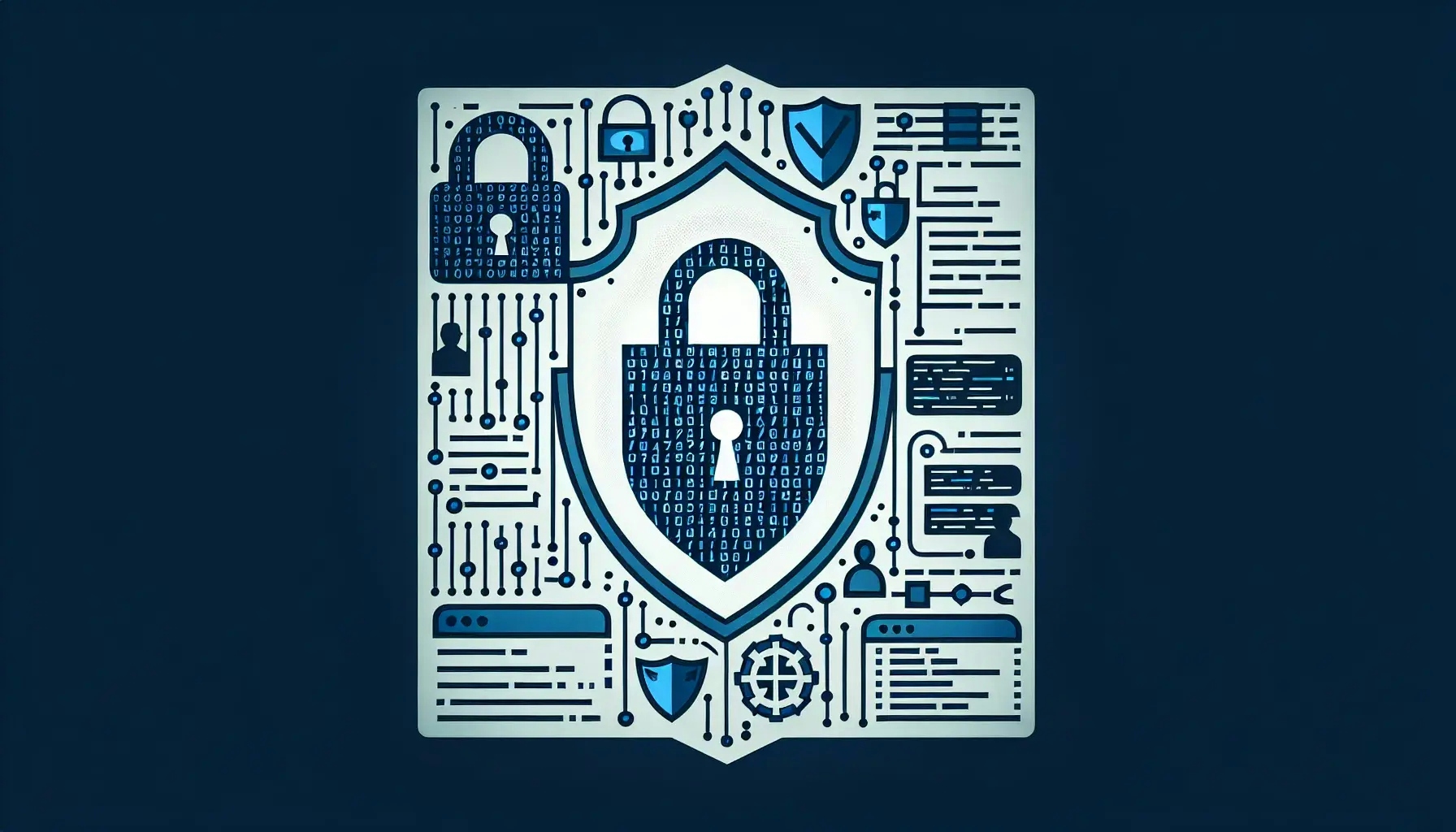In the digital age, securing your software against vulnerabilities is not just an option, it's a necessity. This blog post will guide you through the process, providing practical tips and strategies to help you protect your software from potential threats. We'll delve into the importance of software security, the types of vulnerabilities you may encounter, and the steps you can take to safeguard your software.
Understanding the Importance of Software Security
Software security is a critical aspect of any digital operation. It's the protective shield that keeps your software safe from cyber threats. Without it, your software is like an open door, inviting hackers to exploit vulnerabilities and potentially cause significant damage.
The importance of software security cannot be overstated. It protects your data, maintains your software's functionality, and ensures the privacy of your users. A breach in software security can lead to data loss, disruption of services, and a tarnished reputation.
Moreover, software security is not just about protecting your software. It's also about protecting your business and your users. A secure software environment fosters trust among your users, which in turn, can lead to increased user engagement and business growth.
Identifying Common Software Vulnerabilities
To secure your software effectively, you need to understand the types of vulnerabilities that can affect it. These vulnerabilities range from simple coding errors to complex security flaws.
One common type of vulnerability is a buffer overflow. This occurs when a program writes more data to a buffer than it can hold, causing the excess data to overflow into adjacent memory spaces. This can lead to crashes, incorrect data processing, and even allow attackers to execute arbitrary code.
Another common vulnerability is injection flaws. These occur when an attacker can send malicious data to a program, tricking it into executing unintended commands or accessing unauthorized data.
Understanding these vulnerabilities is the first step towards securing your software. By knowing what to look for, you can take proactive measures to prevent these vulnerabilities from being exploited.
Implementing Secure Coding Practices
Secure coding practices are essential in securing your software against vulnerabilities. These practices involve writing code in a way that minimizes the likelihood of security vulnerabilities.
One secure coding practice is input validation. This involves checking and validating all input data to ensure it does not contain any malicious code. By validating input data, you can prevent injection attacks and other similar vulnerabilities.
Another secure coding practice is error handling. Proper error handling can prevent an attacker from gaining useful information about your software. For example, if an error message reveals too much information about your software's inner workings, an attacker can use this information to exploit vulnerabilities.
Implementing secure coding practices can significantly reduce the number of vulnerabilities in your software. However, it's important to note that secure coding practices are not a one-time effort. They should be an integral part of your software development process.
Utilizing Security Testing Tools
Security testing tools are invaluable in securing your software. These tools can automatically detect vulnerabilities in your software, saving you time and effort.
Static application security testing (SAST) tools are one type of security testing tool. They analyze your source code to find vulnerabilities. SAST tools are particularly useful in the early stages of development, as they can detect vulnerabilities before your software is even run.
Dynamic application security testing (DAST) tools are another type of security testing tool. They analyze your software while it's running to find vulnerabilities. DAST tools are useful in the later stages of development, as they can detect vulnerabilities that only appear when your software is running.
By utilizing security testing tools, you can find and fix vulnerabilities more efficiently. However, these tools are not a substitute for secure coding practices. They should be used in conjunction with secure coding practices to maximize your software's security.
Establishing a Security Incident Response Plan
Despite your best efforts, there may come a time when your software is breached. When this happens, a security incident response plan is crucial.
A security incident response plan outlines the steps you should take in the event of a security breach. This includes identifying the breach, containing it, eradicating the threat, and recovering from the incident.
Having a security incident response plan in place can minimize the damage caused by a security breach. It can help you respond quickly and effectively, reducing downtime and preserving your software's integrity.
Continuously Updating and Patching Your Software
Software security is not a one-time effort. It requires continuous updating and patching to keep up with new threats and vulnerabilities.
Regular updates can fix known vulnerabilities and improve your software's overall security. They can also add new features and improve performance, enhancing your software's usability.
Patching is also crucial in maintaining software security. Patches are small updates that fix specific vulnerabilities. By regularly applying patches, you can prevent these vulnerabilities from being exploited.
Continuous updating and patching are essential in securing your software. They ensure that your software is always equipped to defend against the latest threats.
Securing Your Software: A Continuous Effort
Securing your software against vulnerabilities is a continuous effort. It involves understanding the importance of software security, identifying common vulnerabilities, implementing secure coding practices, utilizing security testing tools, establishing a security incident response plan, and continuously updating and patching your software. By following these steps, you can significantly enhance your software's security and protect it against potential threats.

